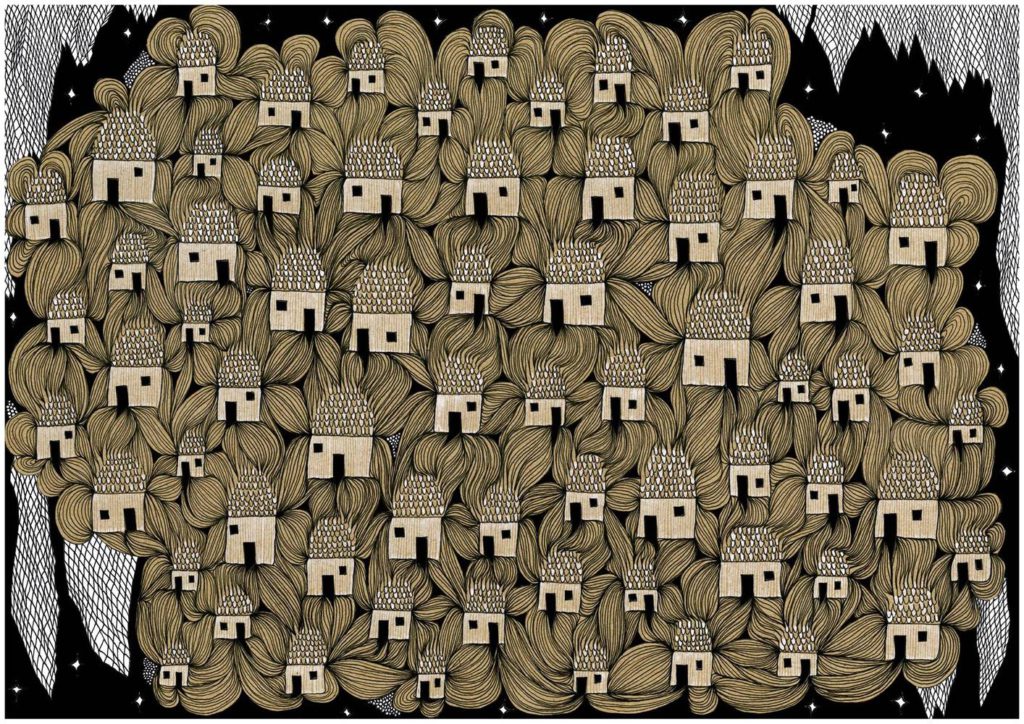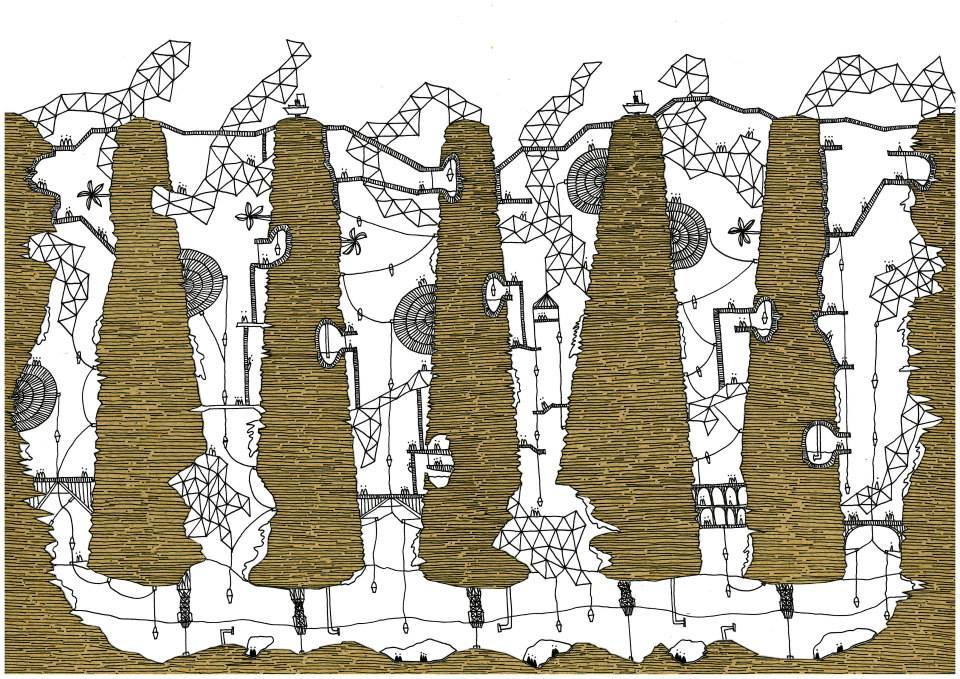
There exists a parallel life to every city, with invented people falling in love, conspiring, dreaming and wandering around the solid pavement of actual streets, parks, avenues and squares. Cities have set the stage for infinite stories in the History of Literature, lending their urban landscapes to the ways of writers’ imagination. At the same time, literature has shaped in many ways urban landscapes and spaces.
UNESCO created, in 2004, the network of Literary Cities, which seeks “placing creativity and cultural industries at the heart of their development plans at the local level and cooperating actively at the international level”. This network helps bring to light the influence that literature has had in strengthening the cultural specificity of the different towns from all continents that have been recognized by UNESCO as literary cities. At the same time this network encourages literary creation by hosting activities that involve and get together writers and citizens.
In fact, the most exceptional literary works have allowed the blending in of cities and literature to transcend the imaginary world of their authors and have had structural and physical consequences.
Legend has it that Alexander the Great, after dreaming of a verse from the Odyssey, laid the first stone of the city of Alexandria which would hold the greatest library until then ever imagined. The strolling of Leopold Bloom through the streets of Dublin in James Joyce’s Ulysses, gives us a portrait of the city in which the Irish capital is rebuilt to the extent that Joyce said that “if the city suddenly dissapeared from the earth it could be reconstructed out of my book”. The words rise above the pages in a way in which rambling through the streets of Dublin is finding, in the actual city, Joyce’s creation, from the pharmacy where Leopold Bloom bought his lemon soap to Eccles street, which not only makes us think of the place where the house of Leopold Bloom was situated but also of the fictional novel The House on Eccles Street written by J.M. Coetzee’s character Elizabeth Costello. One wouldn’t imagine going to Lisbon without visiting Fernando Pessoa’s statue sitting at one of the outdoor tables of Brasileira’s cafeteria, with or without having ever read the poet’s work before. Pessoa made of Lisbon’s streets the stage of his interior world and now the city revolves around him, from the street mural by Mariana Dias Coutinho at Rua do Alecrim that reads Desassossego in reference to his Book of Disquiet, to the existing routes that guide the reader through the spaces which he inhabited. Without literature, we would probably never be able to see Paris’ Saint Jaques tower as a sunflower growing towards the sky, just as André Breton rebuilt it for us. Miguel de Cervantes’ Alcalá de Henares, Virginia Woolf’s Bloomsbury, Wisława Szymborska’s Krakow, Carmen Martín Gaite’s Salamanca, Clarice Lispector’s Rio de Janeiro, the Beat Generation’s San Francisco… the list of the interrelations of writers with their cities and of cities with their writers could certainly constitute a book of its own.
Literary mapping is a two-way street: the writer’s imagination makes it possible to develop an architecture that is wider than the cities in which we live every day or that we visit; at the same time, literature is part of a city’s heritage, and as such it is able to structure its development in an innovative way that looks at the possibility of a creative future that springs directly from the traditions of culture and identity.
Salamanca, May 7, 2020

